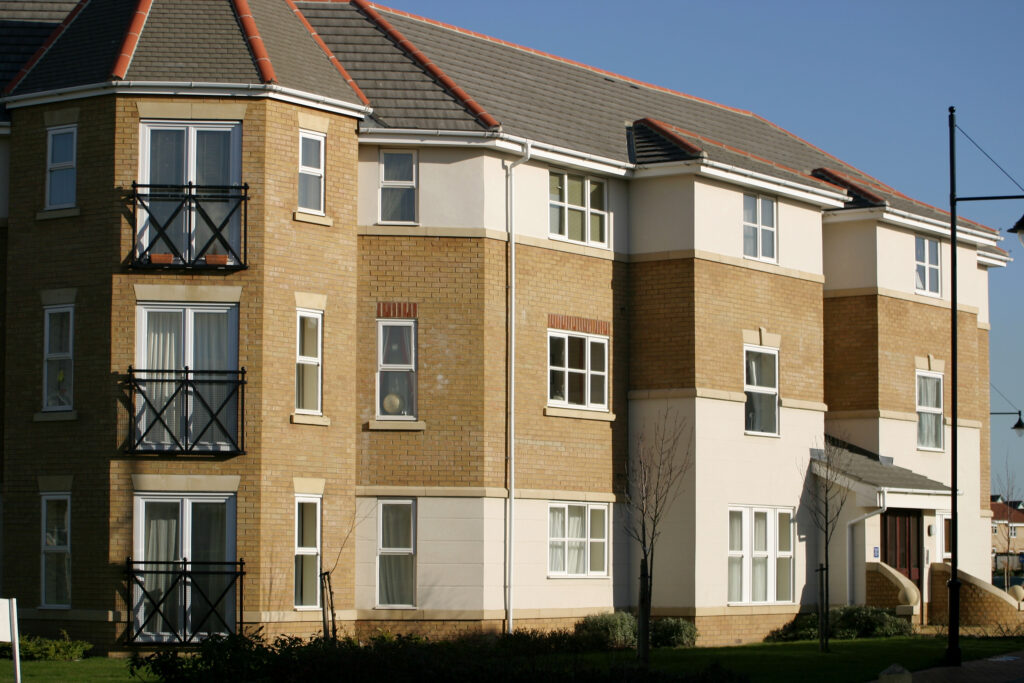Housing associations play a critical role in providing safe, affordable housing to diverse communities. Managing these properties involves a host of responsibilities; from ensuring building safety to optimising energy use and maintaining a high standard of living for residents. With the onset of Internet of Things (IoT) technology, housing associations now have access to innovative tools that can transform the way they operate and enhance resident welfare.

The Role of IoT in Modern Housing
IoT refers to a network of connected devices that collect and exchange data. In the context of housing associations, smart sensors and systems offer real-time insights into building conditions, energy usage, air quality, and more. This allows housing providers to shift from reactive maintenance to proactive, data-driven facility management.
Key Benefits of IoT for Housing Associations
Enhanced Environmental Monitoring
IoT sensors can continuously track indoor temperature, humidity, CO2 levels, and air quality. This data is invaluable for ensuring healthy living conditions and identifying potential issues such as damp, mold, or poor ventilation. Common concerns in older or high-density housing.
Get ahead of the game – Predictive Maintenance
Instead of waiting for complaints or visible damage, housing associations can use IoT data to predict when systems like boilers, lifts, or lighting are likely to fail. Scheduled preventative maintenance reduces downtime and repair costs while improving service reliability.
Energy Efficiency and Sustainability
Smart meters and energy monitoring systems help housing providers optimise energy consumption. By analysing usage patterns, facilities managers can implement strategies to reduce waste, lower costs, and meet sustainability targets. Occupancy-based lighting and heating systems, for example, significantly improve energy efficiency.
Improved Safety and Security
IoT-enabled fire alarms, leak detectors, and access control systems offer real-time alerts and enhanced oversight. This improves safety for residents while helping associations comply with health and safety regulations.
Improving Resident Welfare Through Technology
Residents benefit directly from these improvements. Consistently comfortable indoor environments, reliable utilities, and faster response times to maintenance issues create a higher quality of life. Transparent communication enabled by digital platforms also allows residents to report issues and receive updates in real time.
Additionally, for vulnerable residents such as the elderly or individuals with disabilities, IoT can support independent living through remote monitoring, fall detection systems, and smart home devices.
Just A Few Of The Benefits
- Energy Optimisation in Multi-Unit Buildings: A housing association installs IoT thermostats and occupancy sensors in a residential block. The data collected helps them adjust heating schedules, reducing energy waste and lowering bills.
- Mold Prevention in Older Properties: Sensors detect rising humidity levels in several flats. Facilities teams receive alerts and are able to intervene before mold develops, protecting resident health and avoiding costly remediation.
- Smart Maintenance for Common Areas: IoT sensors monitor lighting and elevator usage in shared spaces. Maintenance teams receive data that helps them service equipment only when necessary, extending equipment lifespan and minimizing disruptions.
Implementation Considerations
While the benefits are significant, successful implementation requires thoughtful planning. Housing associations should consider:
- Scalability: Choosing IoT solutions that can grow with the needs of their portfolio.
- Integration: Ensuring compatibility with existing building management systems.
- Data Security: Protecting resident data through robust cybersecurity measures.
- Training: Equipping staff with the skills to interpret data and act on insights.
The Future of Smart Housing
As smart building technology evolves, housing associations have an unprecedented opportunity to modernize their operations and enhance resident welfare. The integration of AI, machine learning, and predictive analytics will further empower decision-makers to deliver efficient, cost-effective housing services.
What’s in it for you?
IoT solutions represent a smart, sustainable path forward for housing associations aiming to improve the quality of life for their residents. From predictive maintenance to enhanced safety and environmental monitoring, these technologies not only streamline facility management but also foster healthier, more responsive living environments. Embracing IoT today means investing in a better future for both residents and the communities they live in.